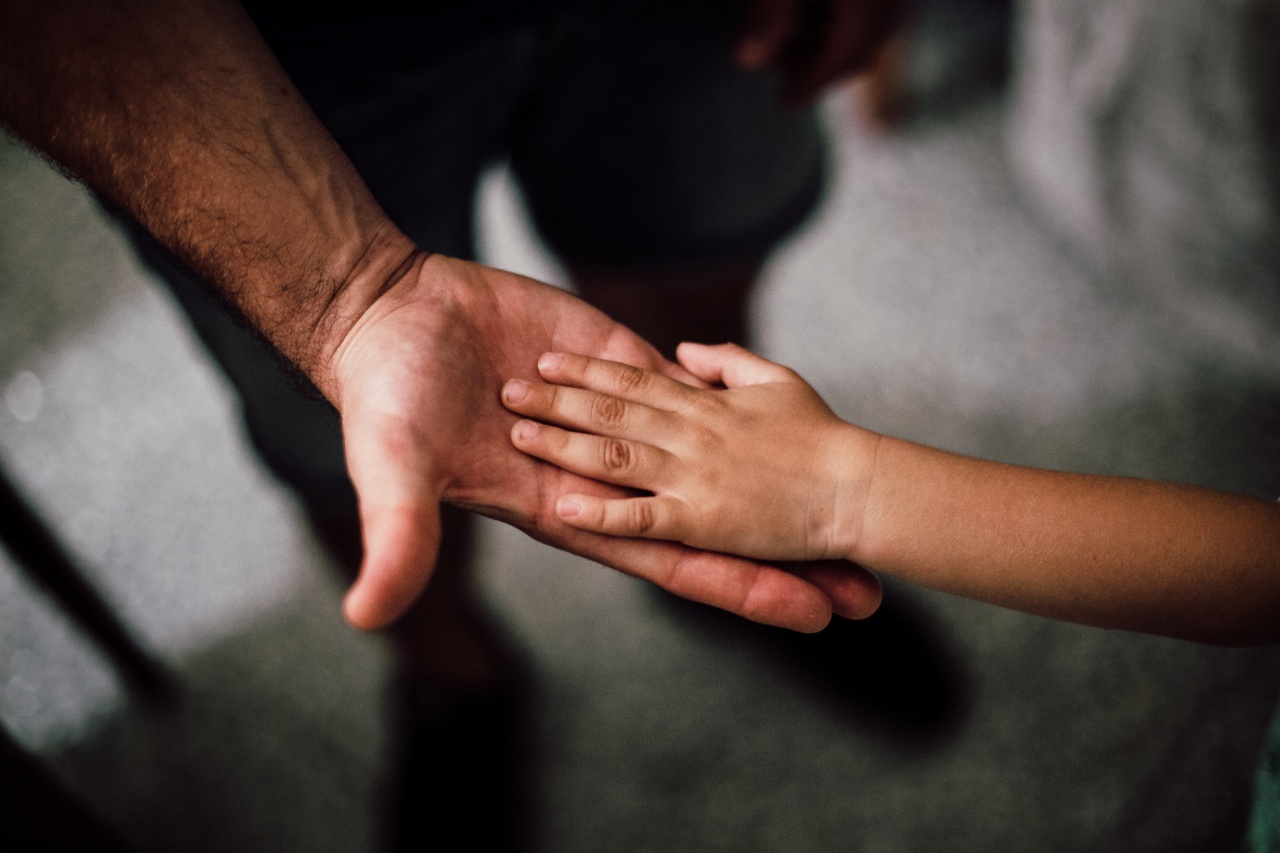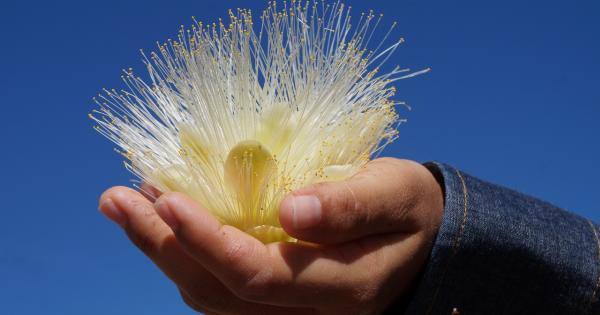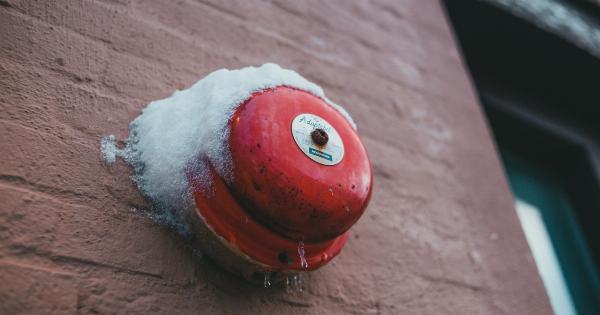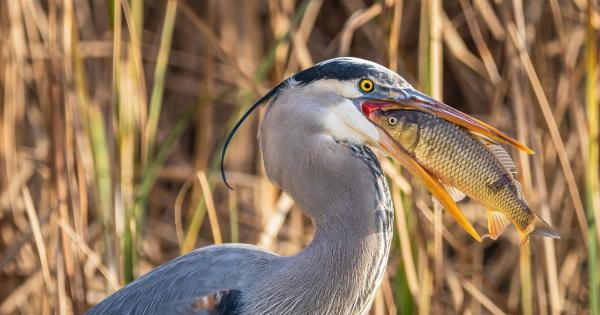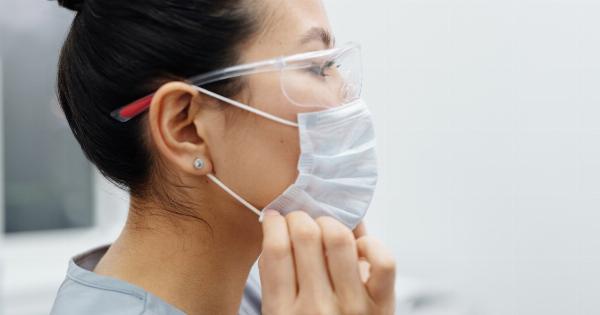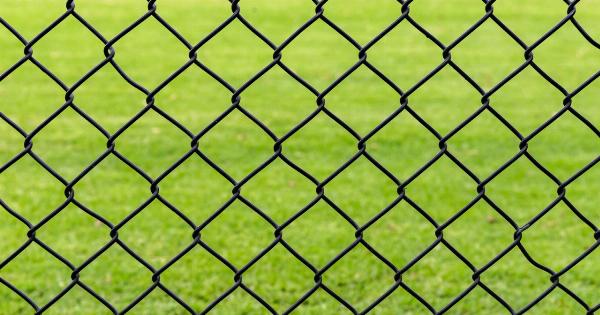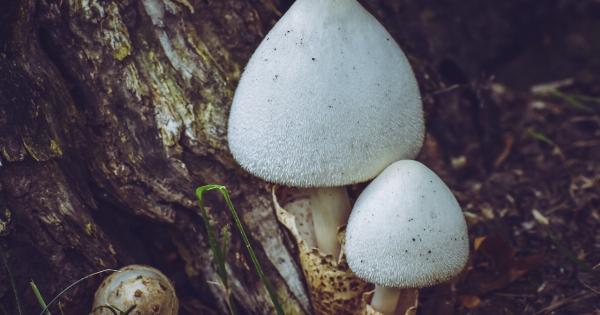Hymenoptera are a diverse group of insects that includes bees, wasps, and ants. For many children, encounters with hymenoptera can be both exciting and terrifying.
While some hymenoptera can be beneficial and non-threatening, others can pose a real danger to children. As a parent, it’s important to know how to recognize different types of hymenoptera and understand how to keep your child safe in their presence.
What are Hymenoptera?
Hymenoptera are a large and diverse order of insects that includes more than 100,000 known species. These insects are found all over the world and play a vital role in pollination, predation, and parasitism.
In addition to bees, wasps, and ants, the hymenoptera order also includes sawflies, hornets, and yellowjackets.
What are some common Types of Hymenoptera?
While there are countless species of hymenoptera, some of the most common types that children might encounter include:.
Bees
Bees are one of the most well-known types of hymenoptera. These insects play a vital role in pollination and help to support many of the world’s ecosystems. Some common species of bees include honeybees, bumblebees, and carpenter bees.
While most bees are not aggressive and will not sting unless provoked, some species of bees can be dangerous to children with allergies or those who inadvertently disturb their nests.
Wasps
Wasps are another common type of hymenoptera. These insects come in many different shapes and sizes, but are known for their slender bodies with narrow waists. Some common species of wasps include yellowjackets and hornets.
While many wasps are beneficial and play a vital role in controlling pests and pollinating plants, some species can be aggressive and may sting if threatened.
Ants
Ants are a type of hymenoptera that form social colonies and work together to collect food and defend their nests.
While most ants are not dangerous to children, some species, such as fire ants, can inflict painful stings that can be dangerous to those with allergies.
Sawflies
Sawflies are a type of hymenoptera that are often mistaken for bees or wasps. These insects do not have a narrow waist and have a more rounded body.
While sawflies do not typically sting humans, they can be damaging to plants and can infest gardens or crops.
What are the Risks of Hymenoptera to Children?
While many types of hymenoptera are not dangerous to children, some species can pose a real threat. For children with allergies to hymenoptera venom, a sting can trigger anaphylaxis, a severe and potentially life-threatening reaction.
In these cases, prompt medical attention is necessary.
Even children without allergies can be at risk for painful stings that can become infected or cause other complications.
In addition, some types of hymenoptera, such as hornets or yellowjackets, may become aggressive and swarm a child or group of children if they feel that their nest is threatened.
How Can Parents Keep Children Safe Around Hymenoptera?
While it’s impossible to completely eliminate the risk of encounters with hymenoptera, there are steps that parents can take to keep their children safe.
Teach Children to Respect Hymenoptera
One of the most important steps in keeping children safe around hymenoptera is to teach them how to respect these insects. Children should be taught not to disturb bees or wasps and to stay away from nests or hives.
They should also be taught to recognize wasps or bees and to understand the potential risks associated with these insects.
Be Prepared for Emergencies
Even with the best precautions, accidents can happen. Parents should be prepared to handle an emergency if their child is stung by a hymenoptera.
This might include carrying an epinephrine auto-injector if your child has a known allergy, having a first-aid kit on hand, and understanding how to recognize the signs of anaphylaxis.
Provide Protective Clothing
If your child is going to be spending time outside, consider providing them with protective clothing, such as long pants, long-sleeved shirts, and hats. Light-colored clothing can also help to make them less attractive to some types of hymenoptera.
Remove Hives or Nests
If you notice a hive or nest on your property, it may be necessary to have it removed.
While it’s best to call in a professional to handle this, it’s also important to get rid of any food or water sources that may be attracting the insects in the first place.
In Conclusion
While hymenoptera can be a fascinating part of the natural world, it’s important for parents to recognize the potential risks associated with these insects.
By teaching children how to recognize and respect hymenoptera, being prepared for emergencies, providing protective clothing, and taking steps to remove nests or hives, parents can help to keep their children safe in even the most bug-infested environments.
